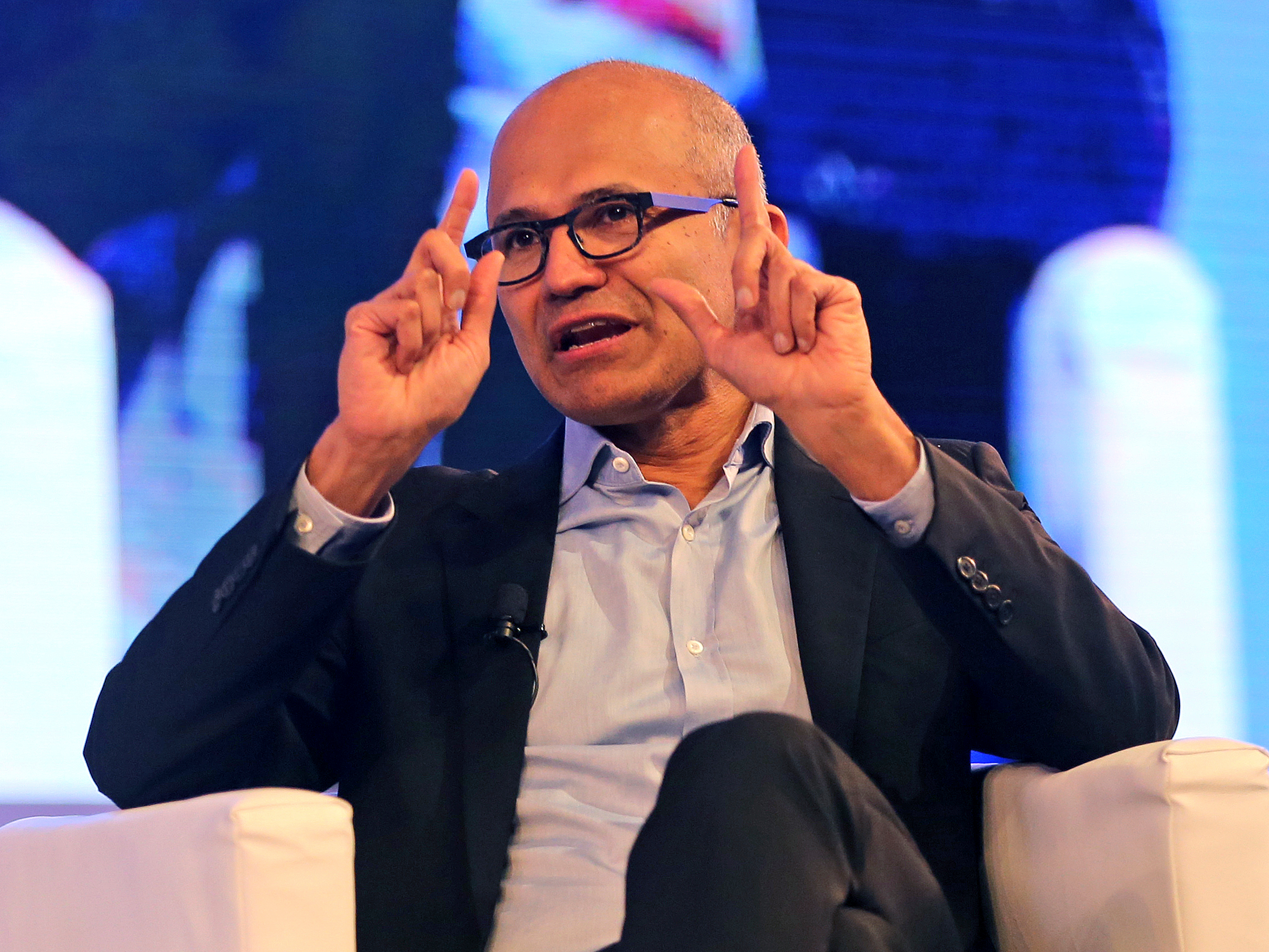- Microsoft is resuming the rollout of the October 2018 Update to Windows 10 today.
- The update originally came out in October (naturally), but Microsoft stopped the rollout after some users said it was wiping their personal files.
- The update is now available again to early adopters who are willing to manually install it, but generally speaking, Microsoft is proceeding with caution.
- It brings new features to Windows 10, chief among them is new integration with Android phones.
The October 2018 Update, which brings an armload of new features to Windows 10, is finally being released available to users starting today, according to a Microsoft blog post.
Now, you might notice that it is no longer October 2018, and that it is, in fact, November. So why is Microsoft releasing the October update now?
It’s because the first rollout of the update, which happened back in the real, literal October, didn’t go so well for some users. Some said that installing the October 2018 Update actually wiped some of their internal files, while others reported that they had significantly worse battery life. Microsoft “paused” the update while it investigated.
Now, Microsoft says that it’s cracked the case, and the update should be clear for launch – but that it’s going to be more cautious than usual until it’s completely and totally confident that these issues are fixed. Specifically, Microsoft is slowing down the normal process by which Windows 10 forces users to update to the newest version.
The way Microsoft rolls out Windows 10 updates is thus: First, Microsoft makes the update available to a self-selected group of early adopters, who have to either download it directly from Microsoft's website, or manually run Windows Update to find it. In other words, if you want it first, you have to go get it.
This is as far as the October 2018 Update got the last time before Microsoft hit the pause button. Today, Microsoft is bringing the Windows 10 October 2018 Update back to this stage, so this is how you'll get it.
Then, after everything goes well, Microsoft will start bringing it to users in waves, prioritizing those users with PC configurations that it knows will handle the update well, and gradually trickling down from there.
This time, though, Microsoft said it's going to be far more cautious about approving the update for users - if Windows 10 detects any kind of anomaly in your PC setup, whatsoever, the update simply won't appear for you. You won't get bugged to install it, you won't be able to download it via Windows 10, no, nada. Then, Microsoft will review that data to figure out how to work around the problem and make sure you won't run into that nasty bug.
In a broader sense, Microsoft says that it's reforming the way that it develops and tests Windows updates to make sure that this never happens again - users in the Windows Insider beta-testing program had reported this bug well before it went out to users, but Microsoft missed it thanks to a flaw in its feedback process. In a blog entry, the first in a series, Microsoft goes into depth about its testing process and its plans to fix it up for next time.
Anyway, if you're able to install the Windows 10 October 2018 Update, you'll find yourself with all kinds of tweaks to the operating system, chief among them, a new way to integrate your PC with an Android phone.

